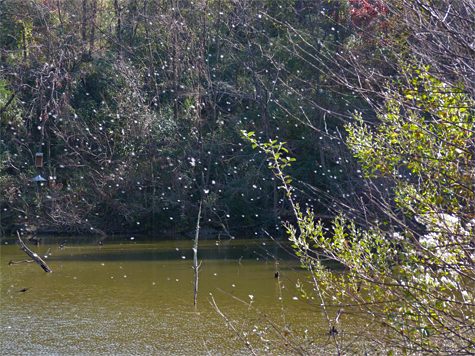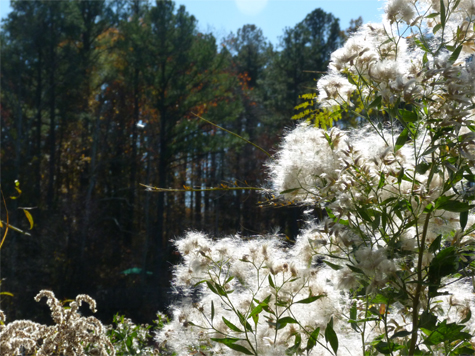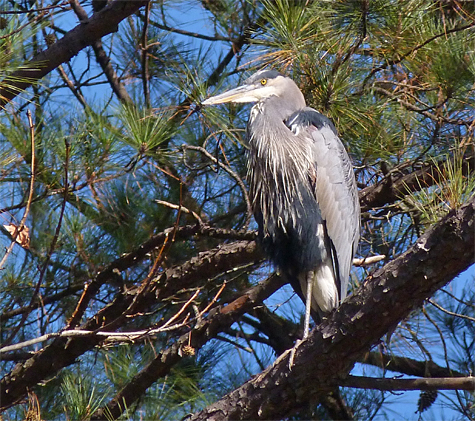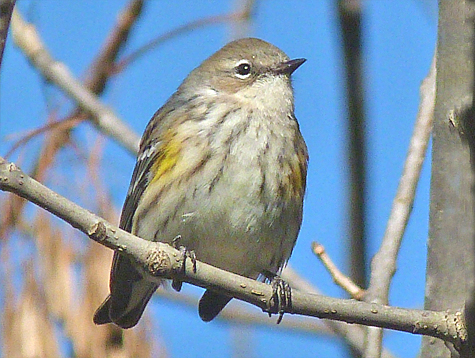
If you’ve been walking through Explore the Wild over the past several weeks you may have seen what looks like snow blowing along on the breeze. Of course, it’s been too warm to snow, so what is that white fluffy stuff floating through the air down by the Wetlands? It’s seed dispersal in action. Groundsel Tree has been spreading its seeds across the landscape via the wind.

Like willow in the spring, milkweed in the late summer, and of course dandelions most anytime during spring and summer, groundsel’s seeds are spread by the wind. It’s typically a coastal plain species. It can and does grow in salt marshes from Massachusetts to Florida and right around the Gulf Coast to Texas.
In our area it’s most often encountered along roadsides. In fact, I think (I haven’t researched this) that one of the reasons that groundsel (or Baccharis, as it’s sometimes called) occurs here at all is due to the presence of our road systems and the plant’s seed dispersal method. It likes to grow in wet places and anyone who has driven in North Carolina knows that every highway and byway in the state comes with its very own roadside ditch or slough (two sloughs – one on each side of the road). When the plant’s seeds ripen and are dispersed they simply blow “upstream” along the roads germinating as they go.
By the way, there is a male plant and a female plant. The one’s that are currently spreading the seeds are, obviously, the females.
What would a Journal entry be without the mention of one or two of the Wetlands’ ever-present winter residents…
Trouble may be brewing for our resident Great Blue Heron (GBH). While standing on the Wetlands Overlook last week I saw another GBH fly in to the Wetlands. It was rousted out by the resident and perched in a pine tree for most of the day. Could this be a repeat of last year’s Ardeidae adventures?

Last winter we had a Great Egret and another GBH visit with us, much to the dismay of our resident GBH. Food can get scare in winter, and these two interlopers were not shy about helping our resident heron make it even more scarce. When you find a nice quiet little piece of landscape, or wetscape in this case, with a steady supply of fish, tadpoles, frogs, and rodents it’s worth protecting.
Our local resident gave it his all, chasing down and rousting out any heron that dare dip it’s long, lanky legs into the water. In the end, however, I think the other herons left on their own accord, that is, when catching fish became more difficult than the energy expended in the effort. The food supply had dwindled.
And today’s parting shot.

For those that don’t know, the above is a Yellow-rumped Warbler.